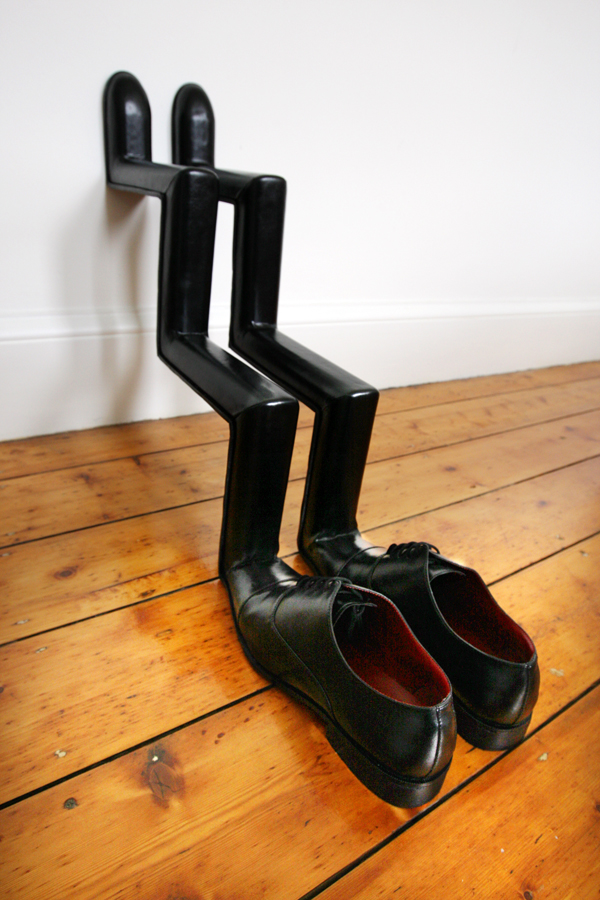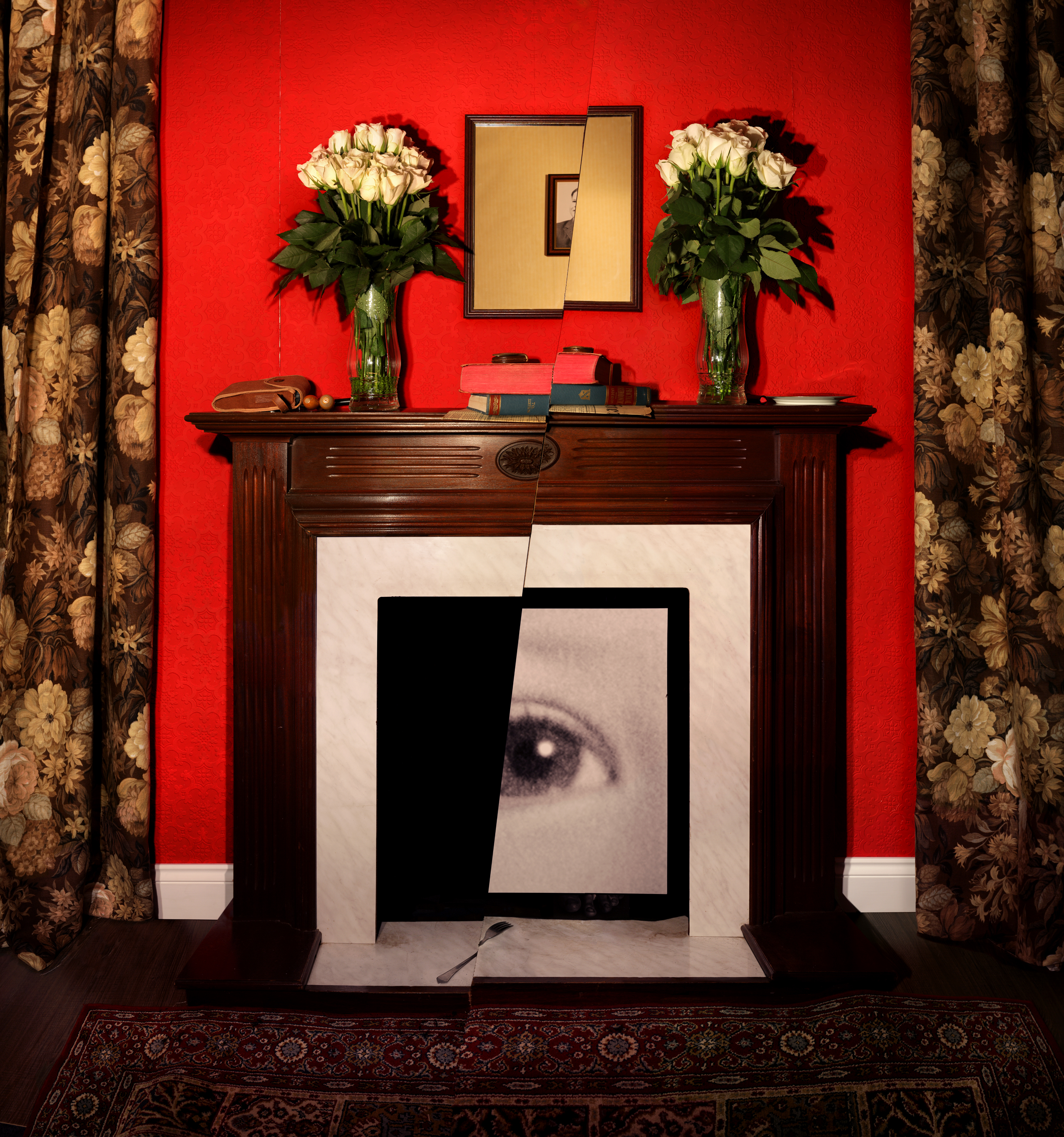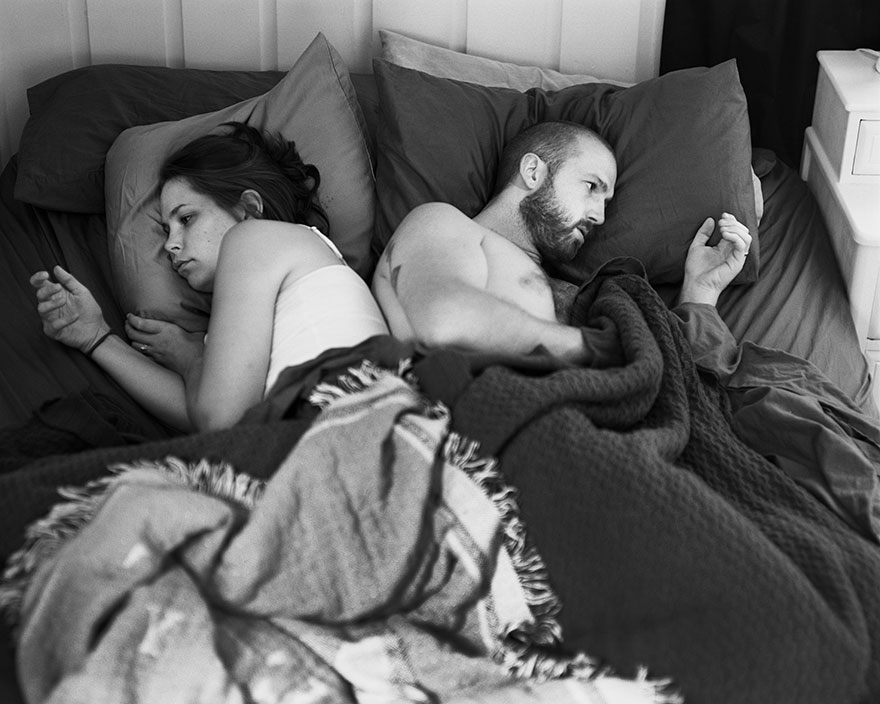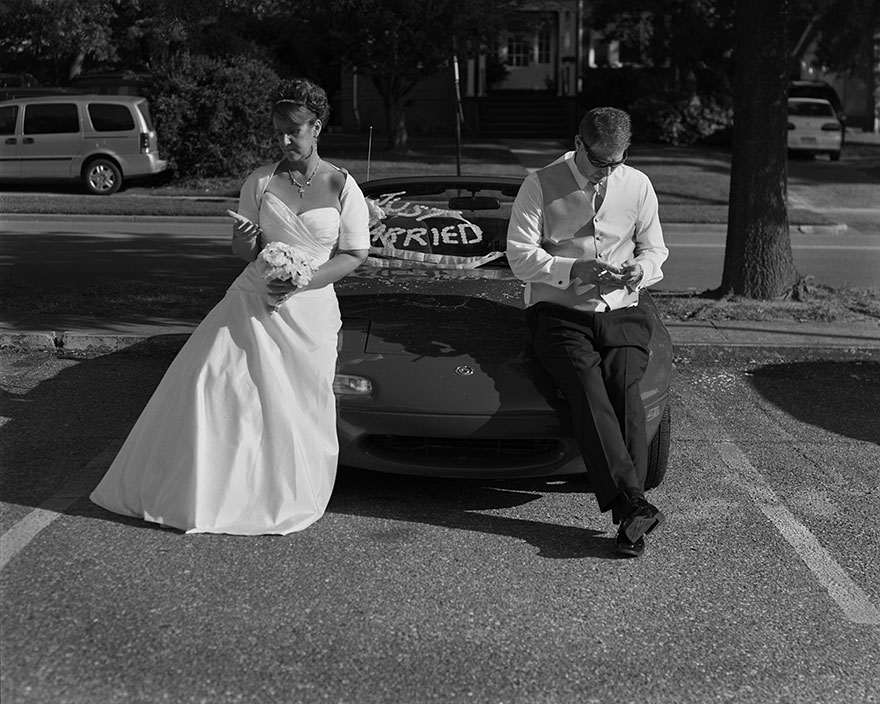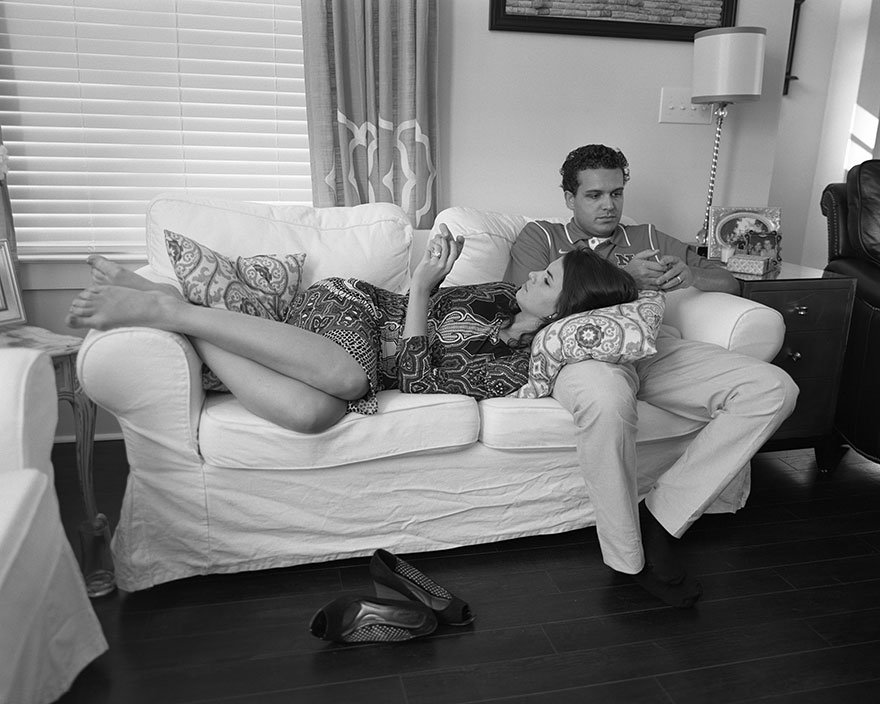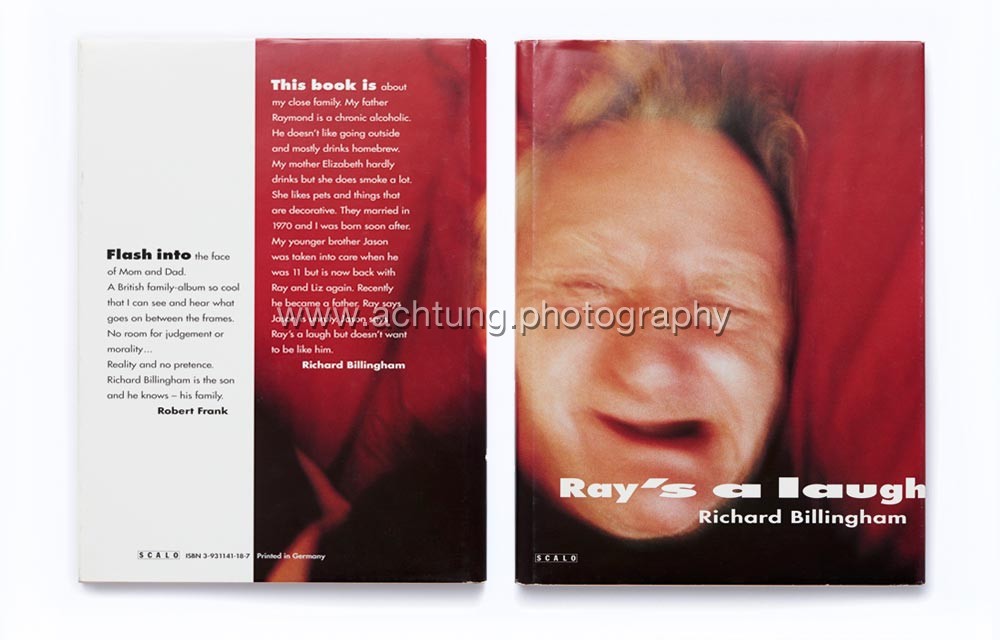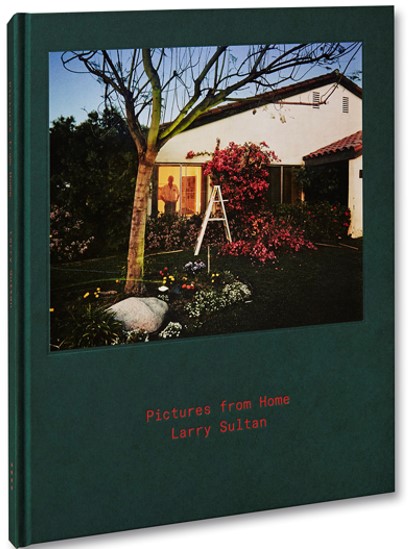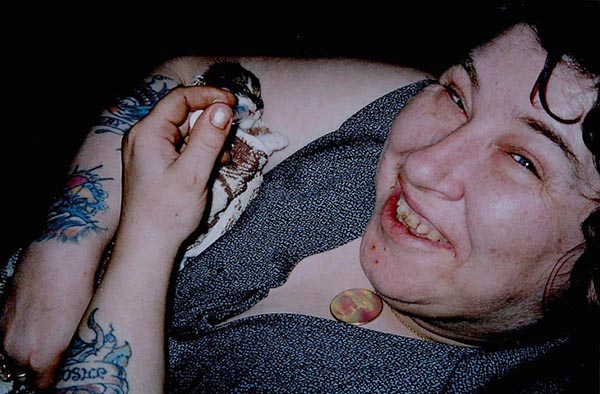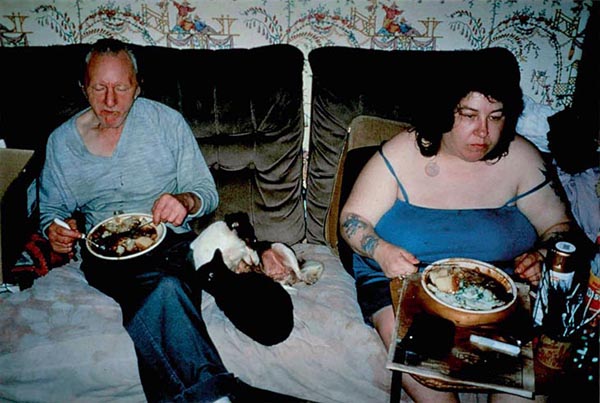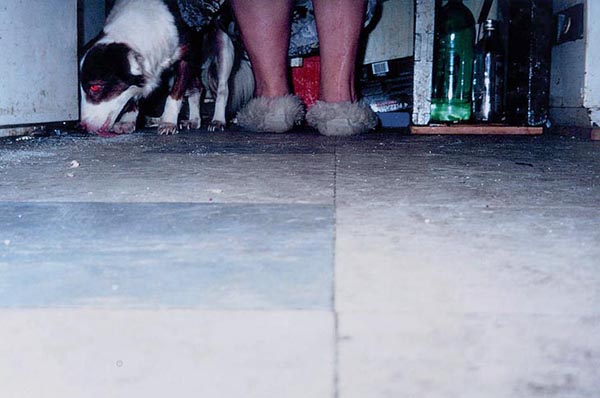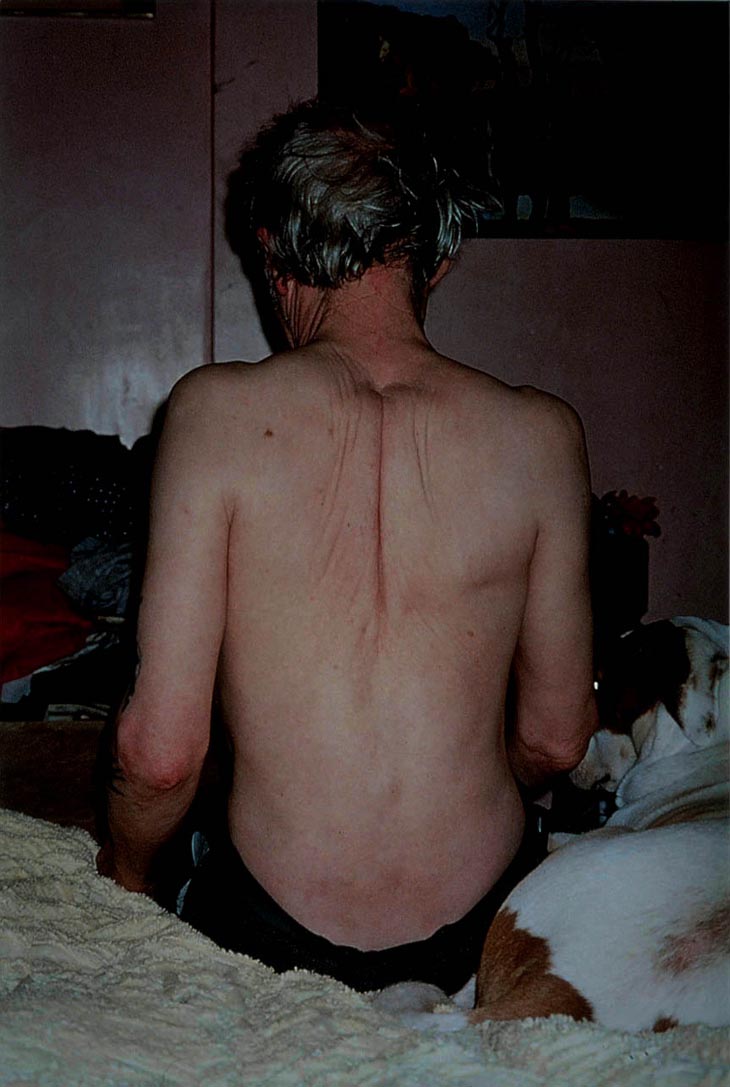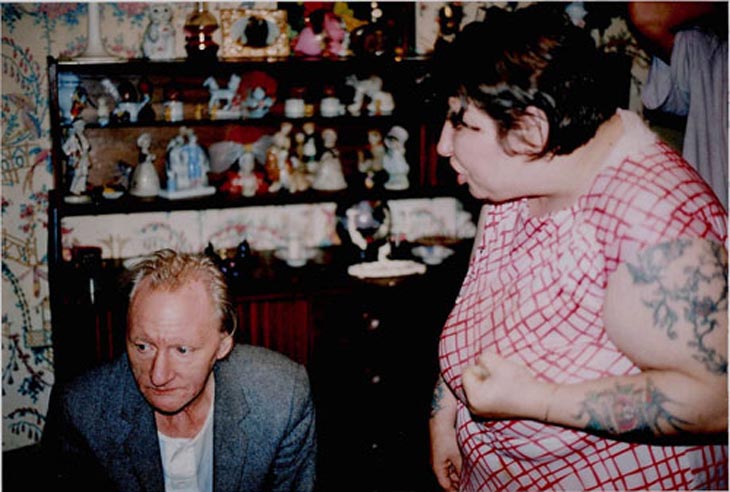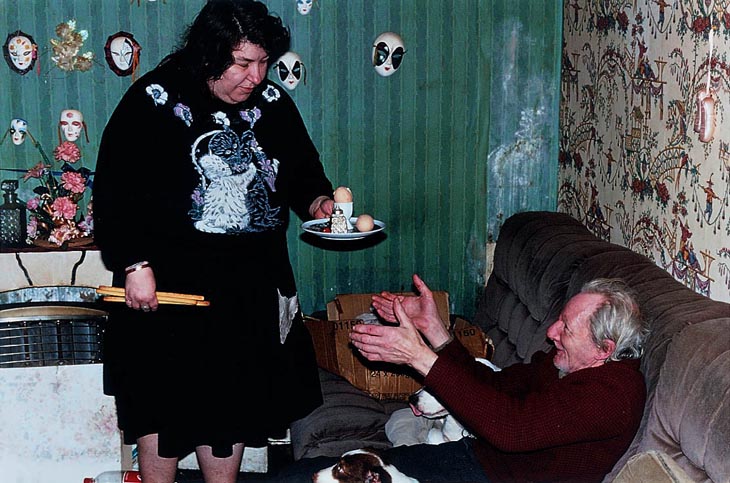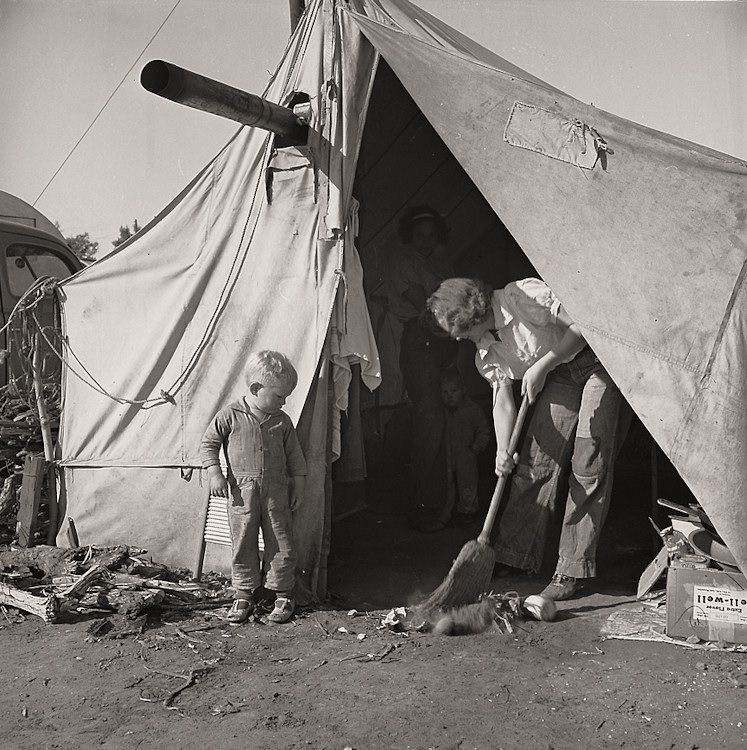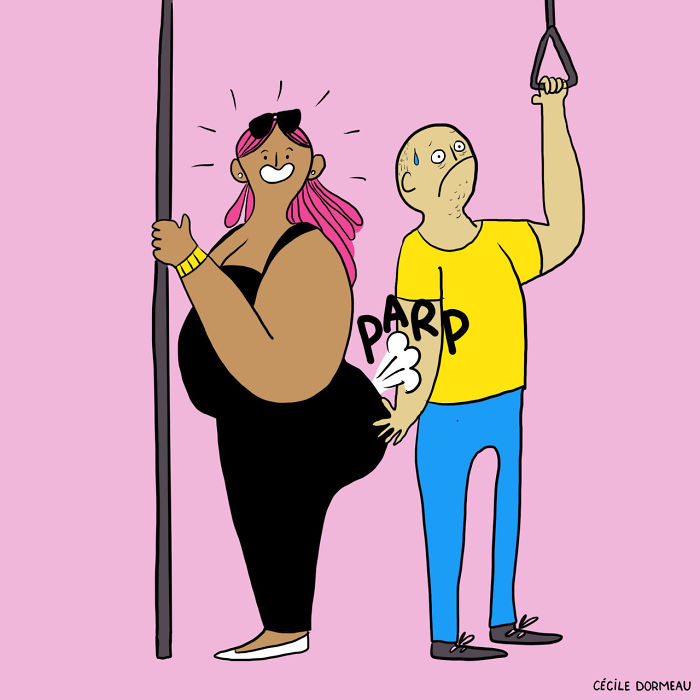How is McCurry’s images different compared to Singh in the way that they represent Indian culture?
I shall use the example of McCurry who is a documentary photographer but has been criticized for focusing on re-inforcing stereotypes on top of the reality to slant the accuracy of the representation of the photograph and Raghubir Singh who contrasts McCurry in the sense his images depict the realities of his environment. However arguably both artists are realistic in terms of what they represent as particularly in India there are 2 sides to every coin and McCurry may be accurate in representing the beauty within India however Singha is perhaps more accurate in showing ht eeconomic and cultural hardships within India.
For McCurry



Steve McCurry (born April 23, 1950) is an American photographer. and has world-renowned success as a documentary photographer, who shoots in more deprived and less economically developed countries such as Pakistan and Afghanistan. In doing this Steve McCurry has become very iconic in contemporary photography for more than thirty years, through magazines and books and many exhibitions . Born in Philadelphia, Pennsylvania; McCurry studied film at Pennsylvania State University, before going on to work for a local newspaper. After working as a freelancer photographer, McCurry made his first trip to India. Travelling with a few clothes and some film, he made his way exploring the country with his camera. Since then he has worked in photojournalism and editorial and is famous for his 1984 photograph “Afghan Girl”, which originally appeared in National Geographic magazine which is shown below above. Other examples of his images are included above:

This image of an Afghan refugee was published in National Geographic in 1985. The image captured the hearts of many as it caught the the impact of the surrounding context of which many people suffered and struggled so effectively in the photograph which is why it was so heavily publicised. The context was set around the Soviet invasion of Afghanistan with the subject’s family being killed and she had to trek as a refugee to a refugee camp.
The girl is the main focal point of the picture. This is supported by the rule of thirds which her eyes are framed very effectively which this and the fact that the girl’s eyes are so colourful strengthen how effectively the viewer connects the eyes. The eyes are almost hypnotic and tell a realistic picture as to the struggles the girl has and continues to face up to this point. The effect on the viewer is we feel sympathetic towards this girl and her struggles and so because we feel so strongly about putting the right into the wrong that is shown through the girl’s eyes, as the viewer we start to examine other details that suggests the girl’s story is not just intriguing from an individual level but on a social level, it reflects the international relations and this impact on the whole of society. for example interestingly the fact the girl is positioned to the far left third of the photograph and the contrasting red/brown skin and clothe shades that stick out from the green rural environment she is hsot in also reflect the idea that this environment isn’t the natural girl’s and because of this she appears slightly uncomfortable and reflects the journey and trials refugees faced from this war. Because of this, this suggests McCurray has staged these photographs and has drawn criticism for fabricating/exagerating the truth from how this girl may have been shot in an unstaged shot which would essentially reflect the true horrors that went on in this time period. I agree that the photographic features limit the usefulness for us in terms of finding out what the struggles of this war was like. However on the other hand, I believe McCurray despite this has made an effort to at least through the model communicate to us from a personal and opinionated expression of the girl expressing how she feels towards her struggles that exposes more truth than what critics may say. Many of McCurry’s images also have gone under criticism for this, since the images appear staged and to some portray far from the truth. However I believe that despite an image being staged, McCurray is skilled at capturing the reality in his staged photographs in that the subject’s facial expression primarily or other composition features often reflect the hardships of a context through subtle but yet powerful techniques. Even if the image is staged, it represents an accurate truth of the surrounding context that may not be captured as succefully in an unstaged photograph. this is because by staging a photograph it gives the photographer and subject more freedom and control to express their views on a particuler issue.
I believe similar can be said with McCurry’s image of the Indian train too. This is because it may show a romanticized touristic approach to the photograph with slight clues suggesting the photograph was staged. However in doing this, I would argue that it is irrelevant whether McCurry’s photograph was staged or not because some such as the New York Times may argue this is a slant of the real living truth. It’s impossible for one photograph to cover the whole spectrum of issues in one country and it is the job of the photographer to focus on one specific issue and communicate that reality as effectively as possible. By taking an unstaged photograph this is waht your doing, by taking a staged photograph you have the freedom to attempt to include the relative features in order to communicate and express the photographer’s views and feelings. I believe that likewise the photograph with the train, by staging it it allows McCurry to communicate not just the economic hardships within India, but also the growth in Indian industrial might but also allows us to see the culture that flourishes within India and in doing this, it displays truth not only from the photographer’s viewpoint but also from a factual one too. Evidence within the photograph to back this up includes the highly romanticized lighting which compliments not only the abundance and variety of culture within India, but also with the Taj Mahal in the background symbolizing the Country’s rich history which creates depth to the photograph as a basis for the rest of the features in the photograph. The train storming through resembles the economic and industrial growing might of India that is overlooked when so many photographers focus on the singular issue of poverty and social issues within India. I like the feature of the train and the Taj Mahal because it not only represents where India has come from, it also emphasizes the idea of where India is going as well. Finally the idea of having 2 men at the front of the train could symbolize two things. That India is at the forefrnt of growth in the world as a forward thinking nation, but also the struggles it is and has faced in order to get to where it is and both men represent the poverty that exists amidst India’s economic power house growth. Therefore in defense of McMurray, I believe that it is unfair to criticism his photographs as they may appear staged, but they represent very strong heartfelt issues from he people’s and subject’s he’s shooting points of view. Therefore we should take it in our strength as viewer’s to understand what the photographer’s aims are and compare them with our own knowledge to judge a photograph’s accuracy in terms of representation but finally I believe that a photograph can be truthful when staged or unstaged, it is just a matter of method to achieve a similar result. Obviously staged photographs can be manipulated to convey wrong messages which should be cautioned when viewing these images however staged photographs can be very effective at describing one’s feelings or emotions where an unstaged photograph could easily be taken out of context and easily used for a different purpose that which wasn’t part of the actual reality of the situation.
For Singh
On the other hand, Raghubir Singh is an India photoghraper. because he is Indian I believe this allows him to see his own country – India from the inside as well as from the outside in how a Westernized individual may see his country. Singh worked from the late ’60s until his death in 1999, traveling all over India to create a series of powerful books about his homeland. His work shares formal content with McCurry’s: the subcontinental terrain, the eye-popping color, the human presence. However where these two differ is Singh has what the New York times calls a “democratic eye” where he may take a range of photographs relating to a range of issues whereas McMurry takes a photograph with incluing as many features and messages as possible into a single image. His images include cities, towns, villages, shops, rivers, worshipers, workers, construction sites, motorbikes, statues, modern furniture, balconies, suits, dresses and turbans/saris. There is a sense of power in his images but also yet a sense of bluntness and honesty which may be hard to find in Mcmurray’s images which may be fabricated with the photographer’s viewpoint against the real living conditions from the perspective of the ordinary fellow. Comparitively the image of the people and the road below is very similar to McMurry’s image of the train inthat boh communicate the rapid growth and expansion of India’s industry at the cost of the people on society. However where McMnurray has focused on portraying these people as being at the forefront of this revolution, Singh has portrayed the people in his images as people who are suffering meanwhile in the background there is wealth which isn’t accessible to most people. Interestingly McCurry’s image could be criticized for suggesting that the two men at the front of the train who are also at the forefront of this revolution may suggest how this wealth is only accessible to a small few elite and that he doesn’t cover and ignores the whole spectrum of the cost on society in terms of how this industrial growth is actually damaging for the everyday citizen rather than improving their lives.
The image above is interesting because its bluntness with the broken door is quite intrusive in the sense it appears rather forceful as we feel sort of confined to where wer are and cannot explore much of the photgraph. This not only represents the roughness and busyness of Indian culture for many which McMurray contrastingly expresses it as very delicate and intricate, but also again the poverty that people live with. In the image, through the door there is an army commander presumably from the days of British colonial rule. This image appears like a reference to that and how even today, despite the economic growth, life is still the same for the ordinary folk. This is because of the forceful door intruding in our faces and hgow we feel confined, it almost symbolizes the idea of a prison and as we look out of the prison door we see a direct link to British colonialism. What is interesting is Singh has put us Westerners into the seat from which most Indian people sit and view India from and therefore it appears that the purpose of this images is to explicitly convey the hardships and remove the stereotypes from westerners such as McCurry who’s hoping to re enhance these stereotypes through creating highly romanticized images. By taking these photographs from ground level, we start to see the realities of everyday life for most people and this in turn represents Indian culture in a very different light to McCurry. Singh is therefore effective at producing images that as ordinary people ourselves, we can relate to and because of this we emphasize and trust them more as truth. However it can be argued that these images may like with McCurry easily bet taken as truth where actually it is still very possible to manipulate and influence the representation of a photograh that is unstaged. For example in the image with the door, it could be potentially argued that the strong link back to British colonialism is a strong exaggeration ad that the India today which is outward looking and prosperous is far better than those days and could be insulting to the people who fought for Indian independance. Therefore likewise with McCurry, when we see an image it is best to evaluate how well it represents the truth from the fiction and not take an image at face value as gospel as this could potentially affect the accuracy of the representation that the photograph is trying to communicate.


In conclusion, I believe no photograoher is worng, both are choosing to focus on very different aspects of Indian culture which in itself is such as broad term as each individual’s culture is different to another. Both convey truth in their images using very different techniques to focus on very different themes and therefore no one is correct.

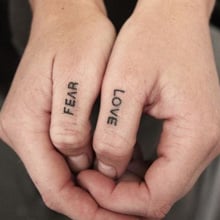






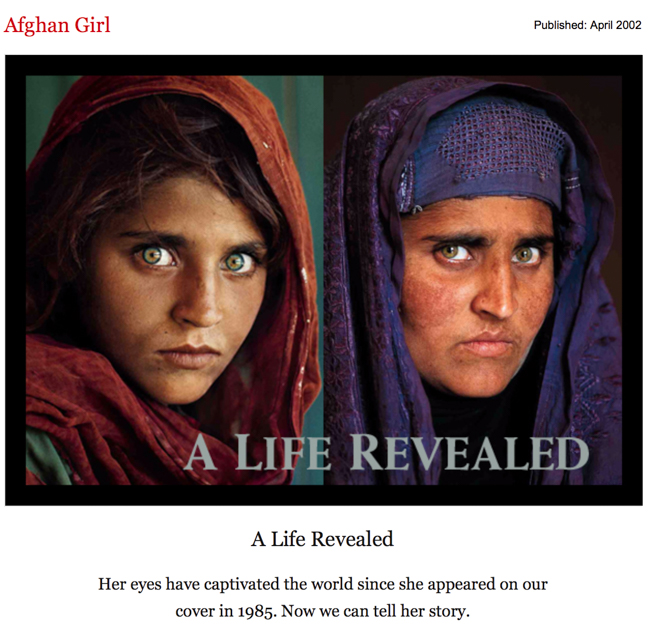
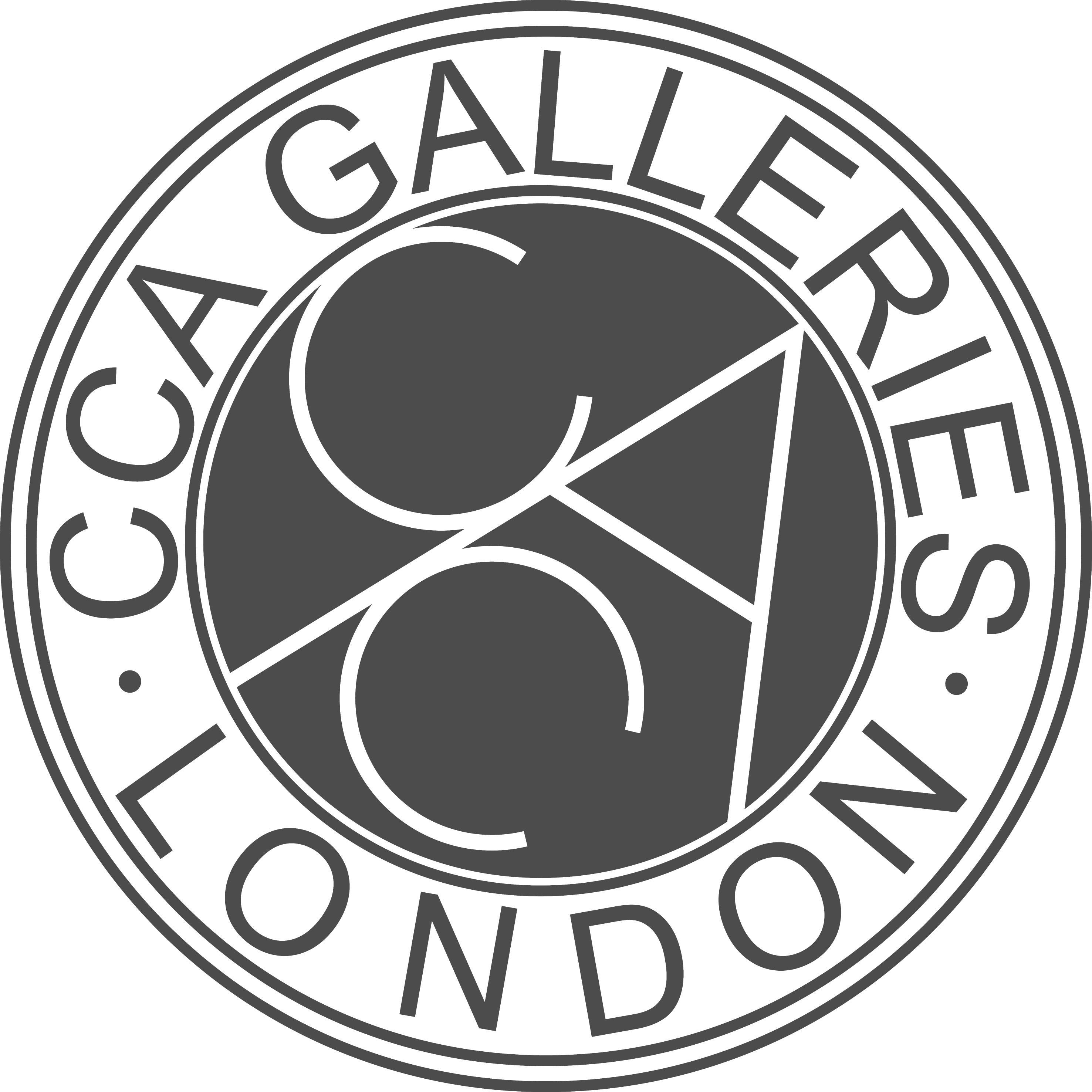


 This (right) is the image I chose as the one I ‘disliked’ due to the fact that I wasn’t too sure what it was and it seemed very dislocated from the serirs as it wasn’t too similar to other images Tanja had produced as the others showed clear subjects in that you could tell what was in the frame. I showed this to her explain it was my least favourite and told her why this was and she then went on to explain that it was a seabed and I then understood and forced myself to understand that in every series of images, there is going to be an anomalous result that may not always fit in however, this is what makes it special and interesting.
This (right) is the image I chose as the one I ‘disliked’ due to the fact that I wasn’t too sure what it was and it seemed very dislocated from the serirs as it wasn’t too similar to other images Tanja had produced as the others showed clear subjects in that you could tell what was in the frame. I showed this to her explain it was my least favourite and told her why this was and she then went on to explain that it was a seabed and I then understood and forced myself to understand that in every series of images, there is going to be an anomalous result that may not always fit in however, this is what makes it special and interesting.



